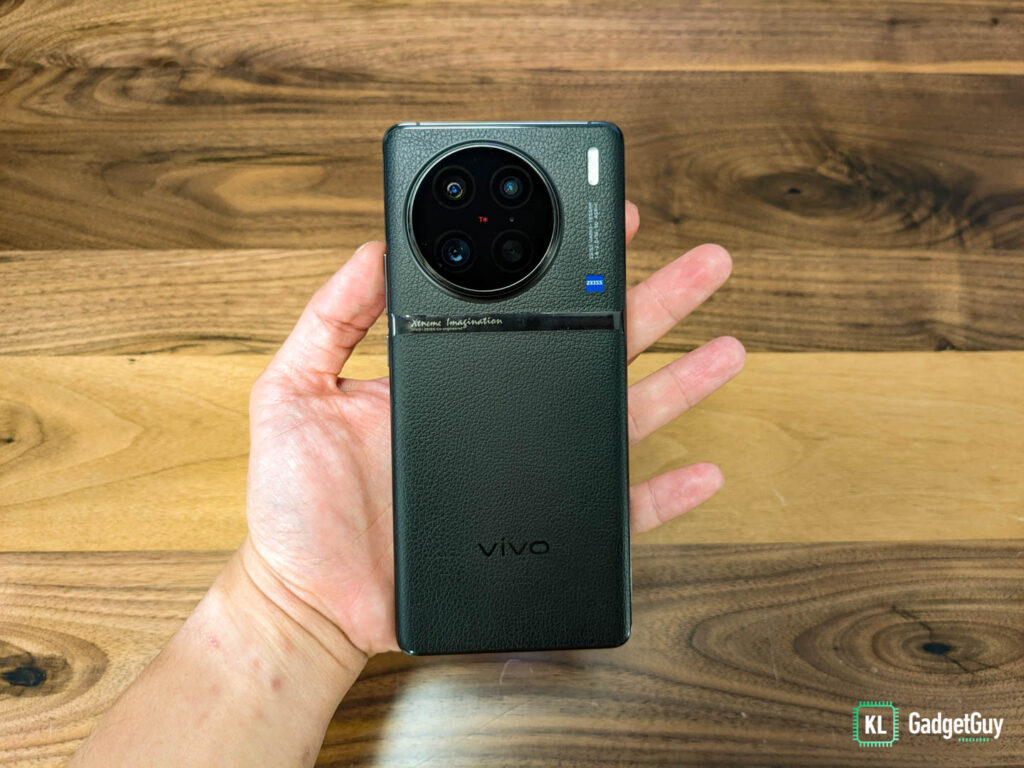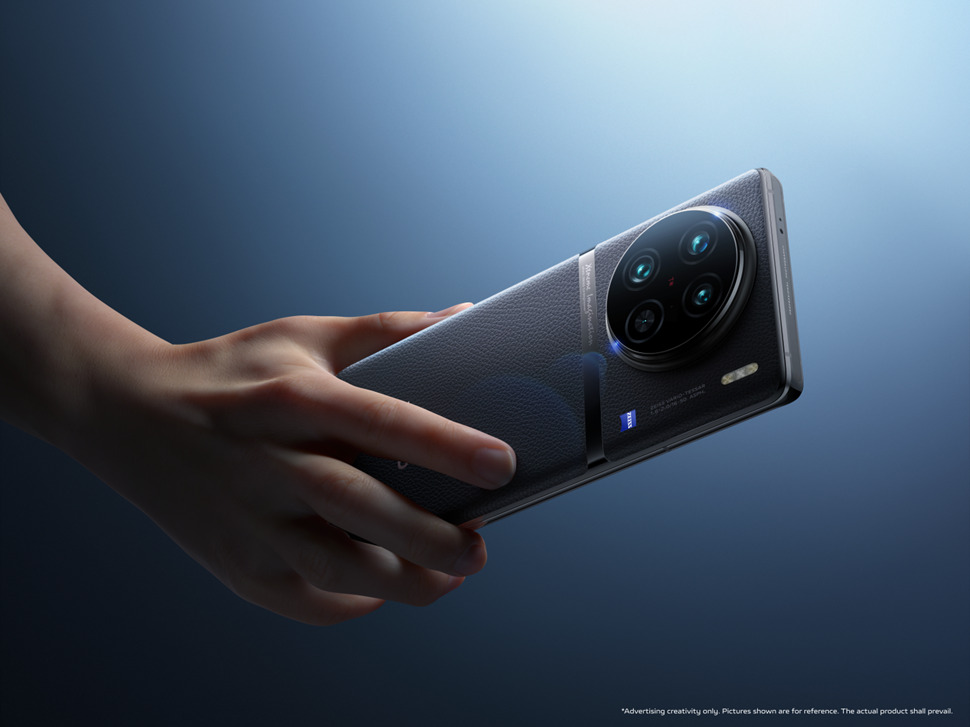The upcoming vivo X90 Pro is a highly anticipated flagship camera smartphone that many have been looking forward to, as vivo has continued to innovate its camera system with a new 1-inch sensor that continues to be benefited by the ZEISS T* Coating.
Having used the vivo X90 Pro for a week, it is quite a refresher from its predecessor, and while I am extremely impressed by the image quality of the camera, it has a lot to offer than the competition.
Starting with the performance, I am particularly happy that vivo has decided to equip the X90 Pro with the Dimensity 9200 chipset, as it topped the charts when it comes to gaming and performance consistency, it also doesn’t have overheating and thermal throttling issues even when I am gaming for long durations, not to mention that it can easily power the phone for up to two days if I am not doing anything heavy on it.
On top of that, the phone’s experience is further complemented by the vivo V2 chip, which not only takes the load off the Dimensity 9200 in terms of image processing and camera features, but it also serves as an independent display chip that enhances the visual quality on content and offers game frame rate interpolation to 120Hz, which is crucial in ensuring high frame rates in games with low power consumption.
Furthermore, the vivo V2 Chip offers more camera image enhancement features than its predecessor, including noise reduction and HDR in Night Mode, Double EIS Stabilization and 3D LUT Filters.
While this isn’t the first phone to be equipped with a 50MP Sony IMX989 1-inch sensor, how is it different from the rest?
The vivo X90 Pro uses a 1G+7P lens structure and has a larger f/1.75 aperture for better light intake. On top of that, vivo has opted an all-new upgraded Carl ZEISS T* coating, which features an ALC coating that reduces light reflection between the lenses, this eliminates ghosting better when taking low light photos in scenes that has indirect light sources.
In addition, the X90 Pro’s OIS algorithm is also developed in-house where it is twice as precise as standard OIS, with a technique called Active Centering OIS that helps achieve stabilization in multiple angles, which significantly reduces smears between frames and motion blur.
Here’s a camera sample of a portrait I took and compared with the iPhone 14 Pro, the vivo X90 Pro’s camera is nothing short of impressive with great subject separation and natural looking skin tones, because of the amount of light and detail that the 1-inch sensor is able to capture, the details on my t-shirt and facial features are maintained way better than the iPhone 14 Pro’s 1/1.28” sensor size.
As for 4K video recording, although both iPhone 14 Pro and vivo X90 Pro are relatively good at maintaining low noise levels, the former compromises detail and has a lot of light flare going on the signages, I am definitely impressed and surprised by how much detail that the vivo X90 Pro’s camera is able to retain considering it is a very dimly lit shooting environment.
While I have yet to conclude the review of the vivo X90 Pro, I am already convinced that the vivo X90 Pro will be a tough contender for other smartphone cameras that we are about to see this year, it truly changes the game of smartphone photography.
Click here to find out more about the vivo X90 Pro.



